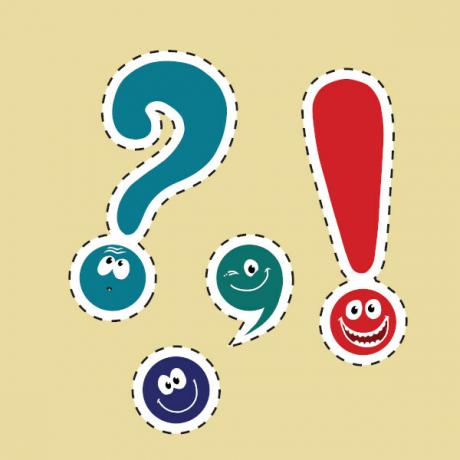The word what it can exercise different syntactic functions in the construction of statements. Let's look at each of them:
The) Coordinating conjunction explanatory: links two coordinated clauses, and the second clause is an explanatory one.
Example:
Do not insist, what I won't lend you money!
B) Additive Coordinating conjunction: links two coordinated clauses, and the second clause is an additive clause.
they complained what they complained, until finally they were answered.
ç) Alternative Coordinating conjunction: links two coordinated clauses, and the second clause is an alternative.
Example:
One what another outfit fit him perfectly.
d) Subordinate conjunction noun: links the main clause to the subordinate noun (direct objective subjective, indirect objective, nominal complement, predicative, apositive).
Example:
Looks what will rain.
and) Causal subordinative conjunction: links the main clause to the causal adverbial subordinate clause.
Example:
He never visits me because work prevents him from traveling for a long time.
f) Consecutive subordinate conjunction: links the main clause to the consecutive subordinate adverbial.
Example:
he got so jealous what ordered to turn off the phone.
g) Subordinate concessive conjunction: links the main clause to the subordinate adverbial concessive.
Example:
Relevant what whether this information does not interest me.
H) Comparative Subordinate conjunction: links the main clause to the comparative adverbial subordinate.
Example:
Traveling by air is more pleasurable than what traveling by car.
i) Final subordinative conjunction: links the main clause to the final subordinate adverbial.
Example:
Let's hope, what the economy improves.
j) Relative pronoun: starts an adjectival subordinate clause and has the same function as the term to which it refers.
Example:
Do not stop now... There's more after the advertising ;)
I like people what have a good mood.
k) Interrogative Pronoun: starts a direct or indirect interrogative unit and can have the function of adjunct adjunct or of one of the terms of the clause.
Example:
We want to understand the what did you really mean at that moment?
(core of the direct object of the verb to understand)
l) indefinite pronoun: appears in exclamatory units with the adjunct function adnominal.
Example:
What wonderful news you just gave me!
m) Substantive: it appears written with a circumflex accent and has the function of the nucleus of the adjunct adjunct of one of the terms of the clause.
Example:
This painting has a what of Picasso.
n) Adverb: it has the function of an adverbial of intensity and is used to intensify an adjective or an adverb.
Example:
What innocent went to believe in your oaths of love!
O) Preposition: in colloquial language it may be equivalent to the preposition in, and it can also have the value of accidental prepositions saved except and if not.
Example:
We have what (=de) study for exams.
Attended the meeting without other reasons what (=otherwise) those presented above.
P) Interjection: to manifest astonishment, perplexity, wonder, surprise; typical expression of sentences constructed with the use of interjections.
Example:
What! Such a measure is absurd!
q) highlight particle: it does not have a syntactic function and is used only for highlighting, therefore, it can be removed from the statement without prejudice to its understanding.
Example:
I miss you what i have of our moments together!
By Mariana Rigonatto
Graduated in Letters
Would you like to reference this text in a school or academic work? Look:
RIGONATTO, Mariana. "Syntactic functions of the word “that""; Brazil School. Available in: https://brasilescola.uol.com.br/gramatica/funcoes-sintaticas-palavra-que.htm. Accessed on June 27, 2021.

